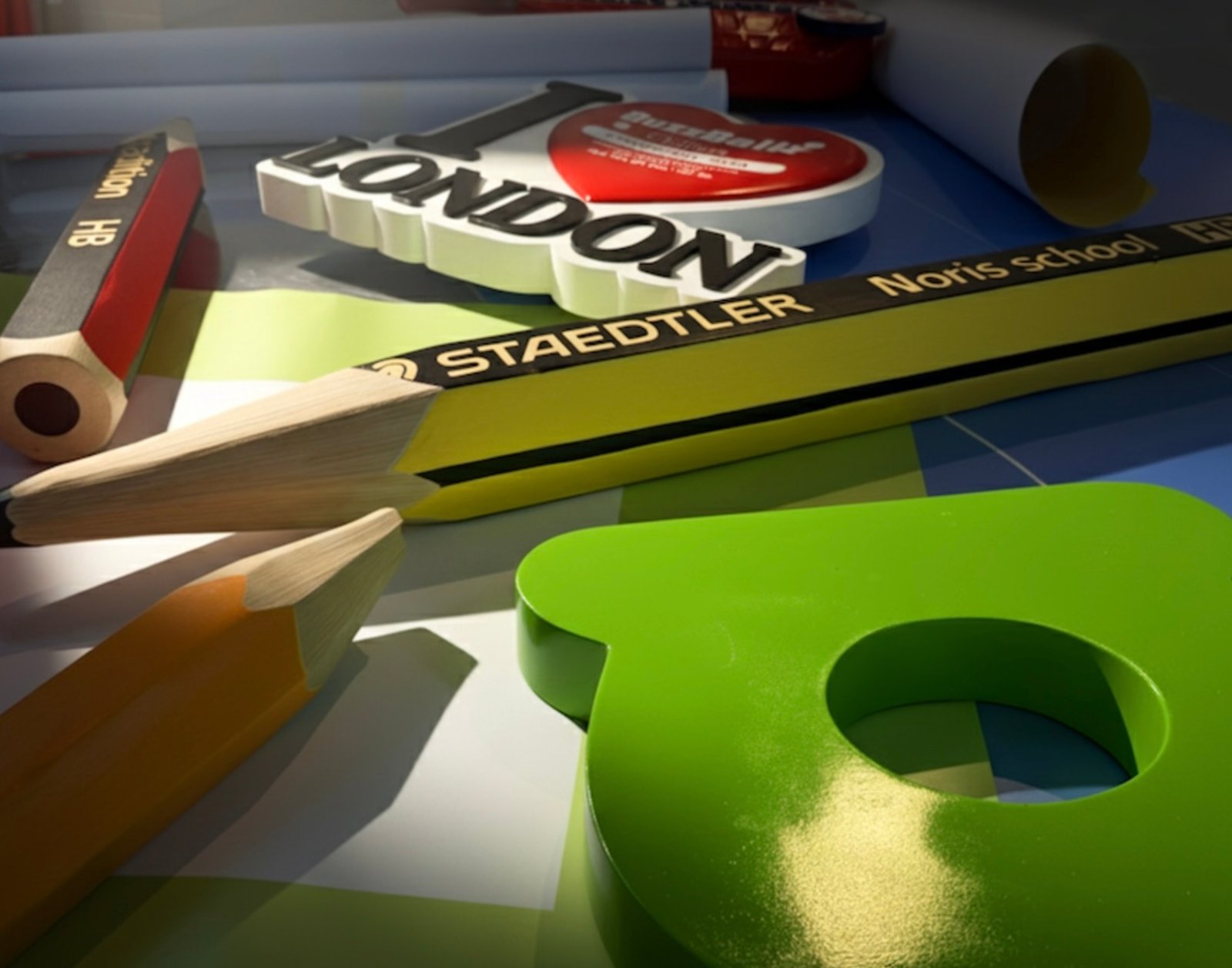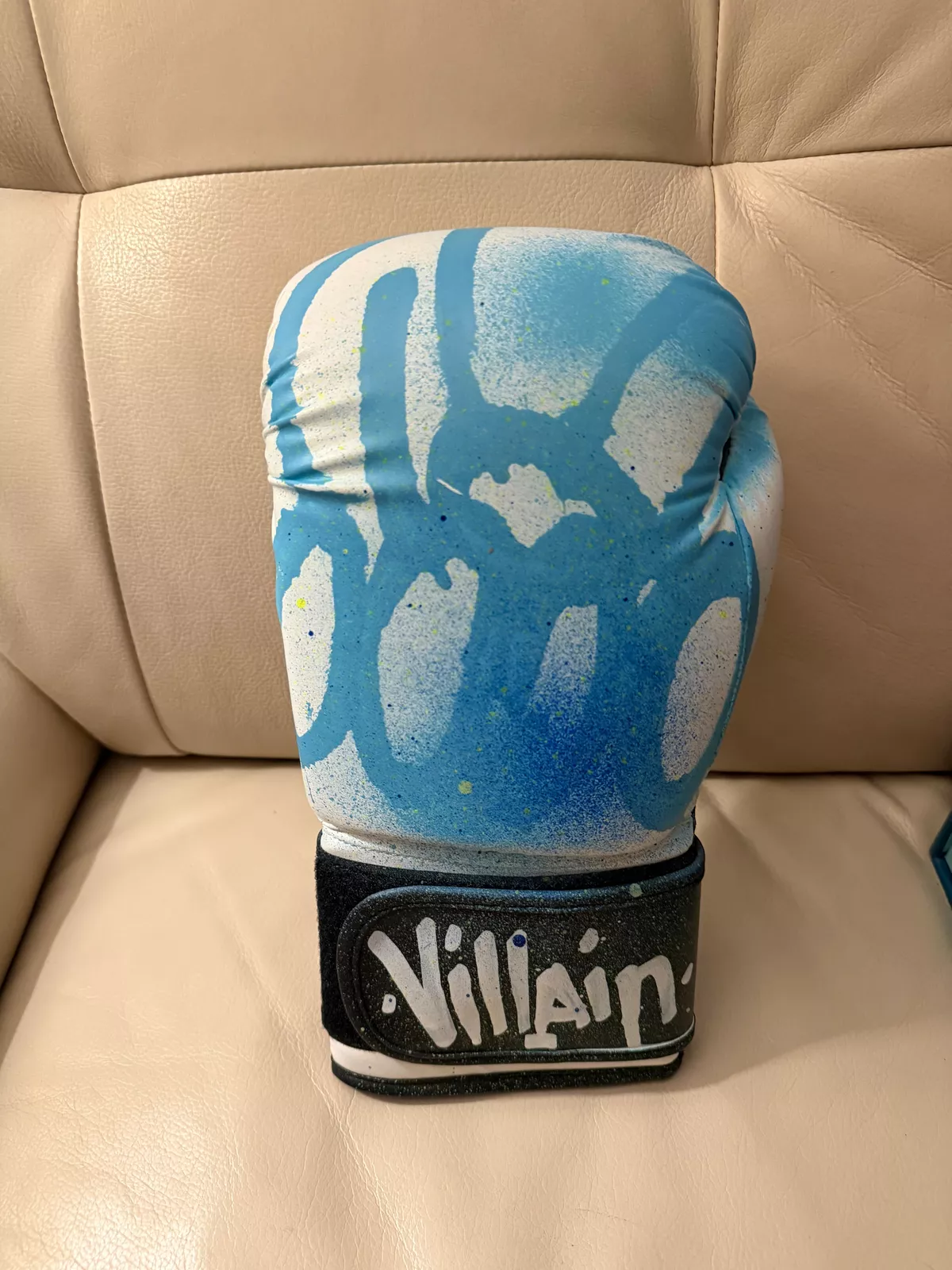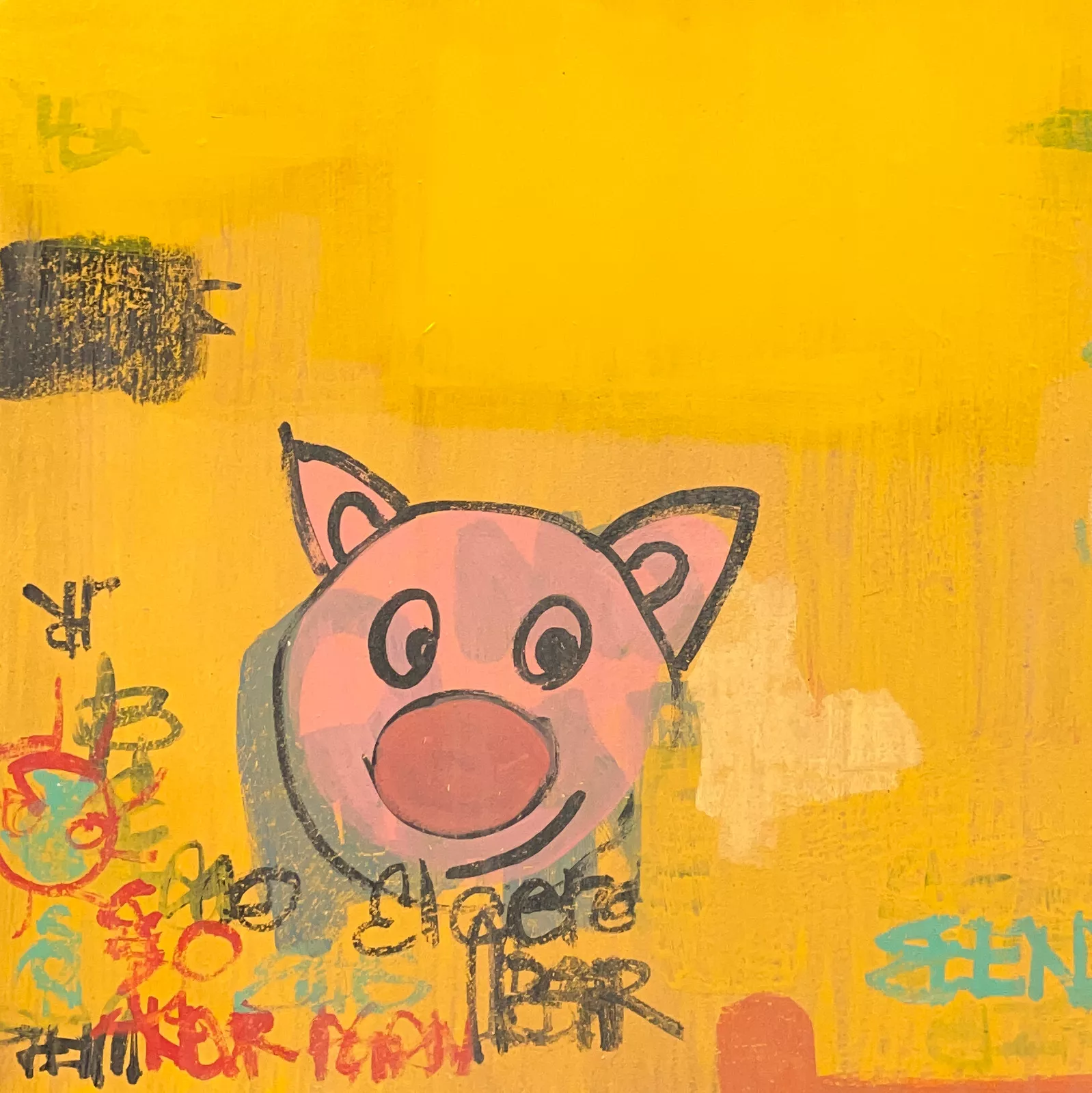Jeff Koons’ “Balloon Monkey (Blue)” (2006-2013) stands as a striking example of the artist’s ability to merge high art with pop culture, blurring the lines between sculpture, kitsch, and modernity. Part of his larger series of balloon sculptures, including iconic works like “Balloon Dog”, “Balloon Monkey” captures the playful, reflective surfaces and large-scale proportions that have become synonymous with Koons’ work. This particular piece was created over seven years and was sold at Christie’s, gaining widespread attention for its boldness and market value.
Art and Kitsch: Koons’ Play on Consumerism
Koons is known for using everyday objects and transforming them into monumental works of art, often pushing the limits of what fine art can represent. “Balloon Monkey (Blue)”, like many of his sculptures, takes a whimsical, childlike object and turns it into something more profound. A balloon animal—a temporary and disposable object—becomes a 15-foot-tall sculpture made of highly polished stainless steel, intended to last forever. This stark contrast between the temporary and the permanent is at the heart of Koons’ artistic philosophy.
The choice of a balloon monkey is equally significant. Koons frequently uses animals in his works as symbols of innocence, joy, and playfulness. Yet, the sheer size and reflective surface add a layer of complexity to the seemingly simple subject. The surface of “Balloon Monkey” reflects its surroundings, inviting the viewer to see themselves within the work. This creates a dialogue between the object, the space it inhabits, and the observer, making the sculpture interactive in a way that contrasts with its still, imposing presence.
Material and Scale: A Monumental Approach
The material and scale of “Balloon Monkey (Blue)” are key components of its impact. Made from stainless steel with a blue mirror-finish coating, the sculpture commands attention through its size and reflective surface. The material, often associated with industrial production, imbues the work with a sense of permanence and solidity. The high-polished finish adds a level of allure, making the sculpture gleam in any environment, be it a gallery or a public space.
By inflating the scale of a familiar object to monumental proportions, Koons taps into a sense of awe and spectacle. The reflective surface also introduces a sense of dematerialization; despite its massiveness, the work appears lighter and more ephemeral due to the way it mirrors the surrounding world.
Critique of Consumer Culture
While Koons’ work is often celebrated for its technical prowess and visual impact, it also serves as a critique of consumerism. “Balloon Monkey (Blue)” represents the commodification of art, where even the most banal objects can be turned into high-priced luxury items. The playful appearance of the balloon animal is juxtaposed with its market value—often fetching millions at auction. This irony is central to Koons’ critique, as he plays with the intersection of art, commerce, and mass production.
By turning a disposable, low-cost object like a balloon animal into an expensive, permanent sculpture, Koons comments on how society elevates certain objects to the status of art. His sculptures, while fun and approachable, are also reflections of the ways in which consumer culture dictates value. The high-gloss finish and industrial materials evoke the aesthetics of mass-produced goods, yet their limited availability and high price tag place them within the exclusive realm of fine art.
Reception and Market Impact
“Balloon Monkey (Blue)” was well-received in the art world and continues to be an important part of Koons’ oeuvre. Its sale at Christie’s highlighted its significance not only as a work of art but as a commodity within the global art market. Koons is one of the most commercially successful artists of his generation, and his balloon sculptures have achieved record-breaking prices at auction.
However, the success of “Balloon Monkey (Blue)” also invites criticism. Some argue that Koons’ work prioritizes spectacle over substance, questioning whether his pieces contribute to meaningful discourse or simply reflect the excesses of the art market. This critique aligns with broader concerns about the commercialization of contemporary art, where artworks are often valued more for their marketability than their conceptual depth.
A Symbol of Play and Power
Jeff Koons’ “Balloon Monkey (Blue)” stands at the intersection of play, power, and consumer culture. The sculpture, with its glossy surface and monumental size, is both a celebration and critique of contemporary society’s obsession with luxury, excess, and spectacle. It asks viewers to confront their own relationship with art and consumer goods, reflecting not only their image but the larger forces at play in the world of high art.
At the end of the day, “Balloon Monkey (Blue)” embodies Koons’ signature approach to art: creating visually stunning works that provoke thought and conversation about the nature of value, consumption, and the ever-blurring line between high and low culture.
No comments yet.








